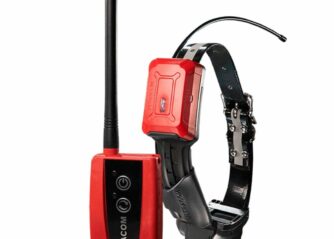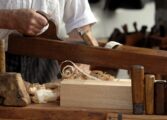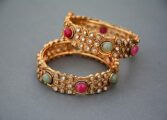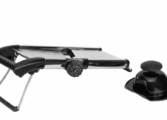Leksaker för flickor: Exploring the world of toys for girls

Introduction:
Leksaker för flickor, or toys for girls, have been a significant part of the toy industry for many years. This article aims to provide a comprehensive overview of these toys by exploring their types, popularity, quantitative measurements, differences, and their historical pros and cons.
An overview of toys for girls
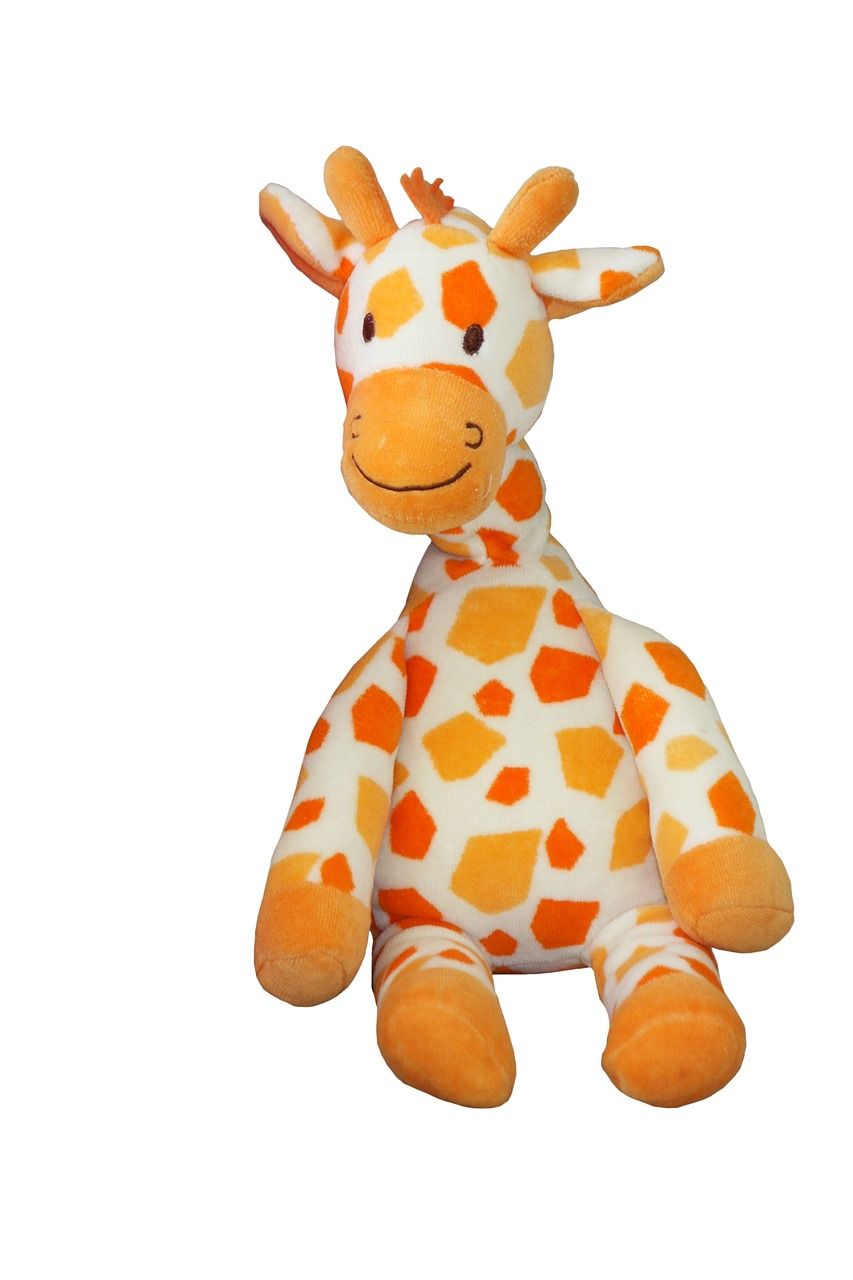
Toys for girls encompass a wide range of products designed specifically to cater to girls’ interests and developmental needs. These toys aim to provide entertainment, education, and encourage creativity in young girls. Some popular types of toys for girls include dolls, dress-up sets, play kitchens, arts and crafts, and STEM toys with a feminine touch.
Types and popularity of toys for girls
1. Dolls:
Dolls have always been a staple in the world of toys for girls. From classic fashion dolls like Barbie to interactive baby dolls, there is a vast variety to choose from. Dolls promote nurturing and role-playing, allowing girls to foster their imaginative skills.
2. Dress-up sets:
Dress-up sets allow girls to pretend-play and explore different roles. Whether it’s a princess, doctor, or superhero costume, these sets encourage creativity and storytelling.
3. Play kitchens:
Play kitchens provide girls with the opportunity to mimic real-life scenarios, like cooking and hosting. These toys promote social skills, fine motor development, and help children understand everyday routines.
4. Arts and crafts:
Arts and crafts kits enable girls to express their creativity through painting, drawing, and crafting. These activities enhance fine motor skills, imagination, and cognitive development.
5. STEM toys with a feminine touc
STEM toys tailored specifically for girls aim to bridge the gender gap in the field. These toys introduce concepts of science, technology, engineering, and mathematics, encouraging girls to explore these fields.
Quantitative measurements of toys for girls
Quantitative measurements of toys for girls provide insights into their popularity and market trends. These measurements include sales data, consumer reviews, and market share analysis. According to recent research, dolls and dress-up sets remain among the top-selling toys for girls, followed by arts and crafts and play kitchens. Additionally, STEM toys for girls have seen increased demand as more focus is given to gender equality in education.
Differences between toys for girls
Toys for girls can vary significantly based on factors like age appropriateness, themes, and level of interaction. Younger girls may prefer soft toys and simpler playsets, while older girls might be more interested in fashion-focused dolls and advanced arts and crafts kits. Additionally, cultural and societal influences can also shape the types of toys preferred by girls in different regions.
A historical overview of the pros and cons of toys for girls
Throughout history, the perception and availability of toys for girls have evolved, leading to both advantages and limitations. In the past, toys for girls often reinforced stereotypical gender roles, promoting domesticity and beauty ideals. However, with changing societal norms, toys for girls have become more diverse, encouraging girls to explore various interests and career paths. Companies have started focusing on creating inclusive and empowering toys for girls, promoting skills like problem-solving, critical thinking, and teamwork.
Conclusion:
The world of toys for girls offers a broad array of options, catering to different interests, ages, and developmental stages. From dolls to STEM toys, these products aim to inspire creativity, imagination, and educational growth. By understanding the various types, popularity, quantitative measurements, differences, and the historical pros and cons, we can encourage girls to embrace their unique passions and break gender stereotypes in the world of play.



